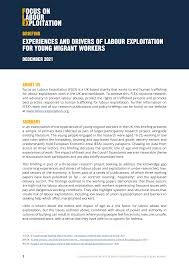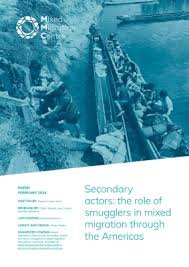By Matthias Lücke , Helena Hahn , Silvia Carta , Martin Ruhs , Mehari Taddele Maru , Paweł Kaczmarczyk , Karolina Łukasiewicz , Marta Pachocka , Tobias Heidland
Recent geopolitical events like Russia’s invasion of Ukraine and the instrumentalisation of migration from Belarus to Poland are re-shaping the EU's migration policy. To build a resilient migration and asylum system, the EU and its member states must find a way to balance ad hoc, crisis-oriented responses with a long-term, strategic approach. This is one of the main findings of the 2022 MEDAM Assessment Report “Refugee protection in the EU: Building resilience to geopolitical conflict”.
This final report concludes the Mercator Dialogue on Asylum and Migration (MEDAM). Launched in 2016, the project aimed to develop concrete proposals to reform EU asylum and migration policy based on in-depth research. The report considers the most recent developments in the European migration system and reflects on how the numerous crises facing the EU influence the negotiations on the New Pact on Migration and Asylum, proposed in 2020, and public perception of migrants and refugees.
As Russia continues to wage war against Ukraine, the report provides an insightful analysis of refugee movements from Ukraine to Europe since February 2022. The authors discuss the effectiveness of the TPD and future challenges that the war's outcome can pose.
The report also considers general, global migration trends. First, it looks more closely at the link between migration and development policies. The report advances the argument that the relation between economic development, foreign aid, and out-migration is a complex one, challenging the widespread belief that better economic conditions encourage migration. The report also explores the preconditions for effective cooperation on migration management with countries of origin and transit, with a particular focus on EU-Africa relations.
Recent geopolitical events have put migration and asylum back at the centre of EU policymaking. Yet, member states are still struggling to find a common, structured and effective response. Finding a way to bridge their deep-seated differences will be vital to ensure that the EU is ready to navigate future crises.
MEDAM Assessment Report . Kiel, Germany: Kiel Institute for the World Economy (IfW) Mercator Dialogue on Asylum and Migration (MEDAM). 2022. 92p.





















